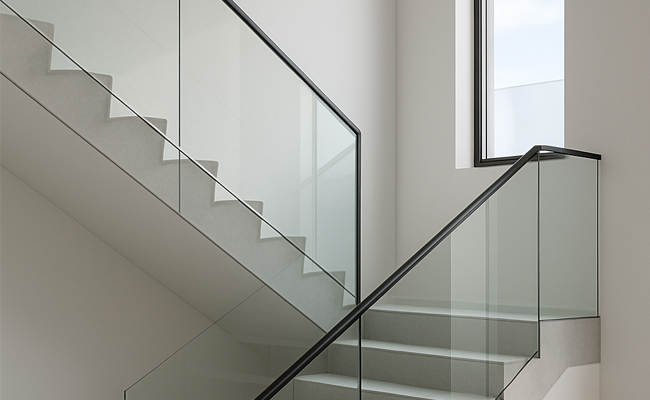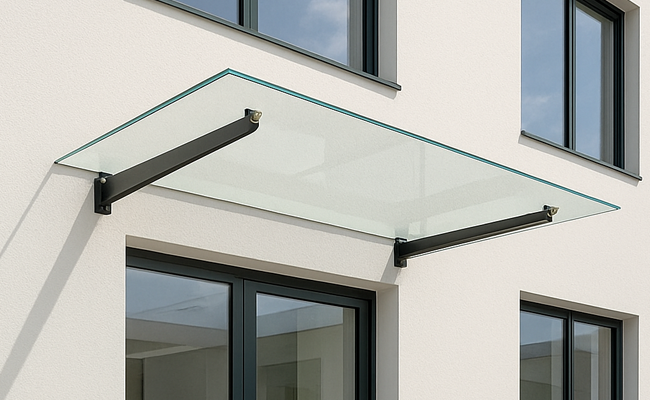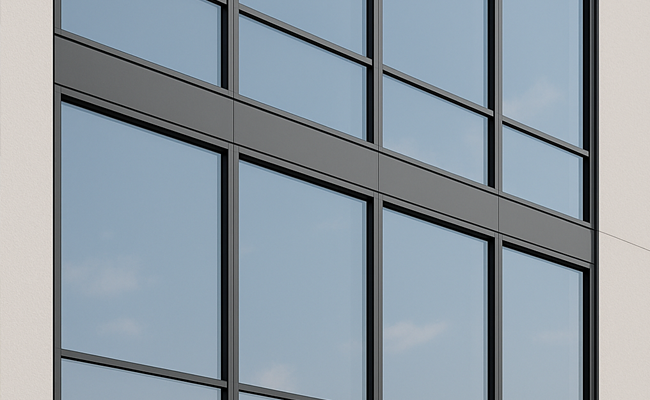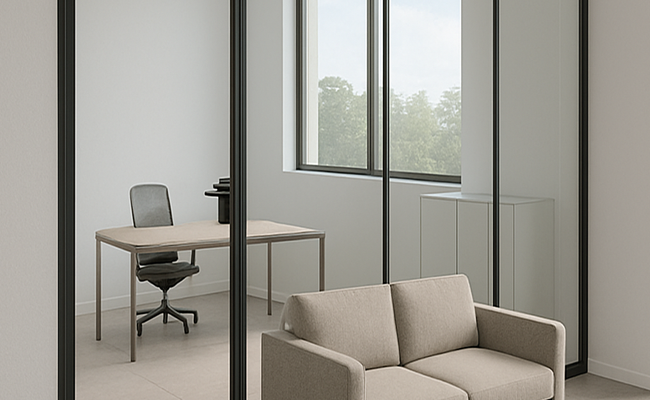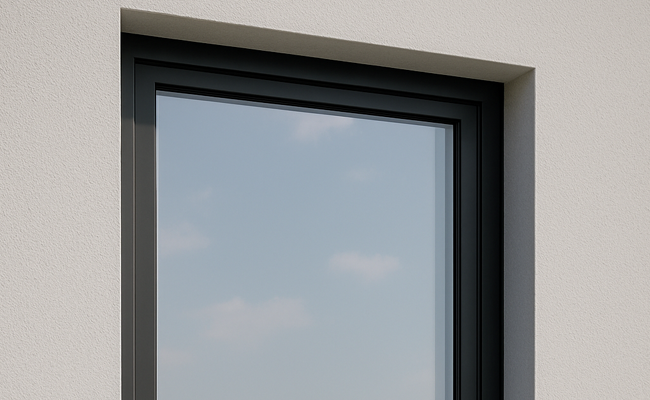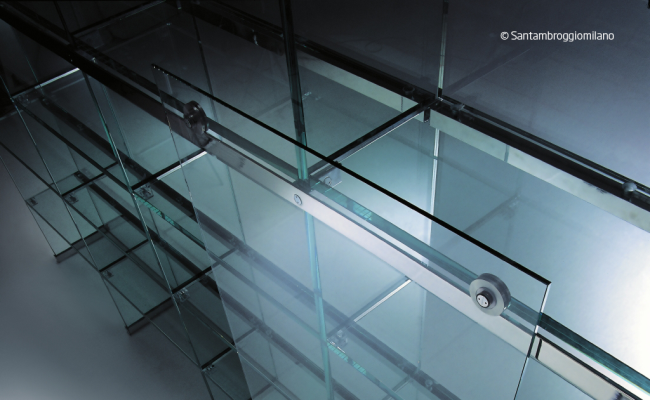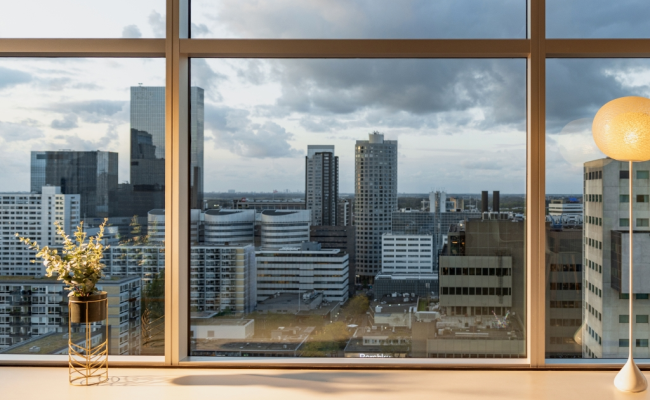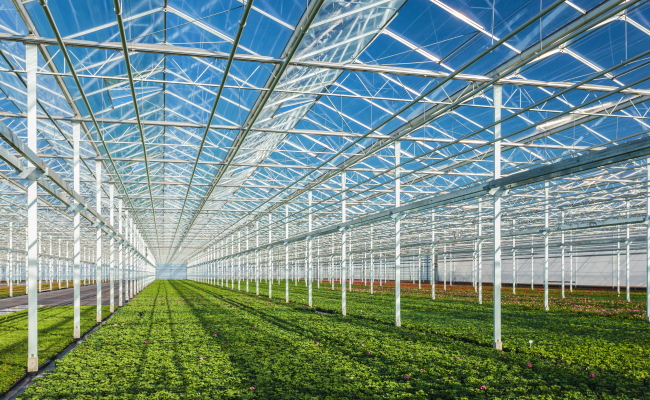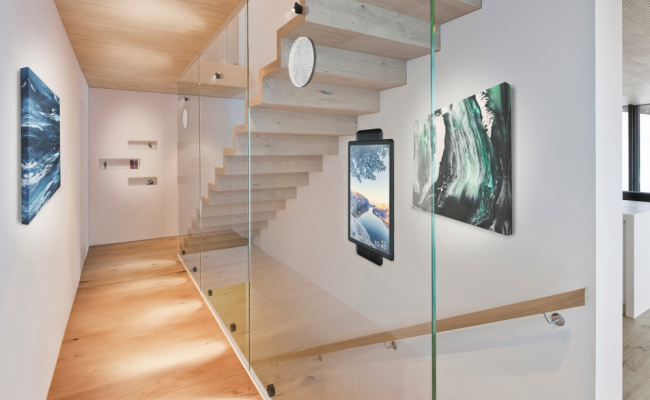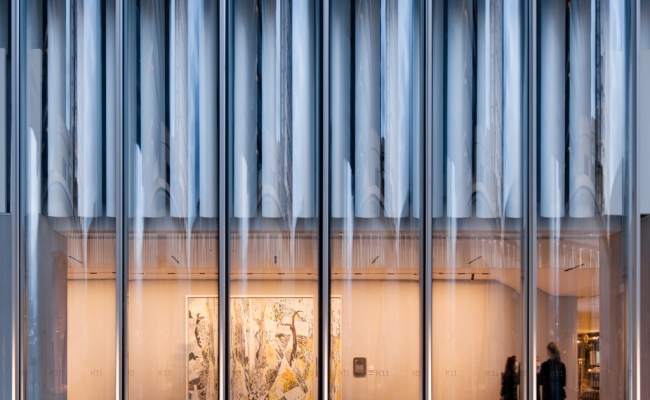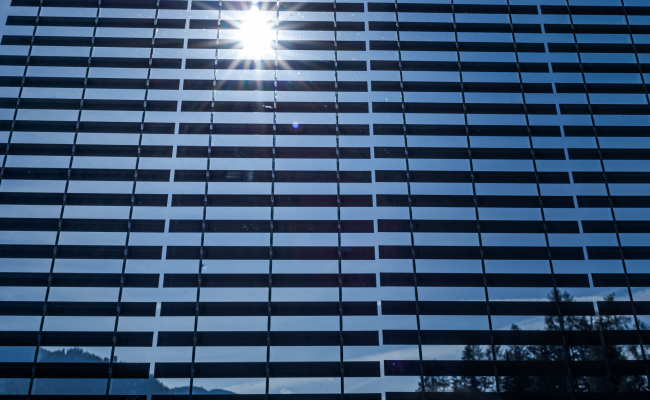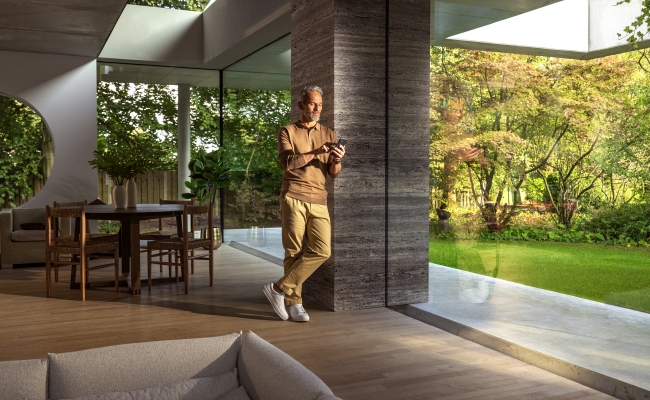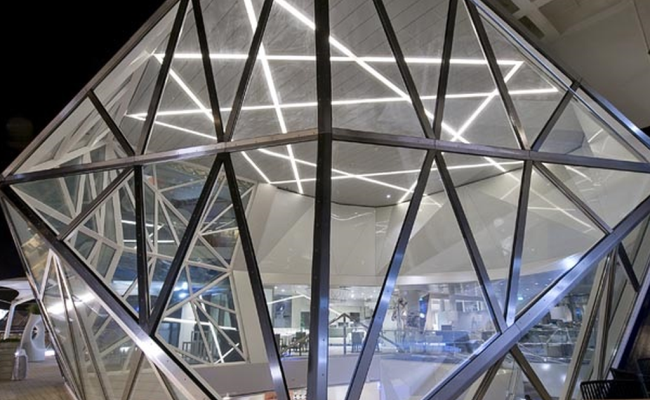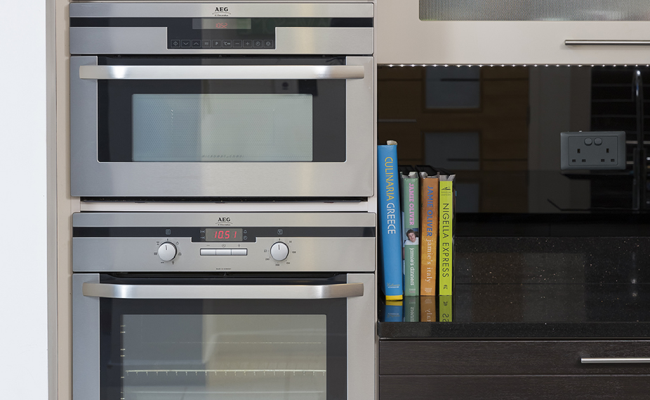The sky’s the limit: structural glazing and building design
Since its invention, glass has been used to make a statement in the built environment and this trend has continued into the modern age. Iconic buildings in the world capital cities, such as London’s Gherkin and the Shard, act as a powerful example of the physical and aesthetic effect the material can have on the urban landscape.
The ability to create larger and more impressive glass structures over the years has developed in line with technological and engineering improvements, and arguably one of the most significant architectural innovations of modern times has been the development of structural glazing systems such as Pilkington Planar™ systems offered by NSG Group. These systems offer architects previously unimaginable flexibility to create buildings that appear to have been constructed using almost nothing but glass, and can offer a visually-striking alternative to traditional brick, timber or steel-reinforced concrete.
How it works
Today’s systems typically work by using stainless steel fittings that are countersunk into recesses in the corners of the glass, allowing strengthened panes to stand otherwise unsupported. The glass is then fixed to the structure of the building itself, rather than being fitted within traditional and sometimes view-restricting frames.
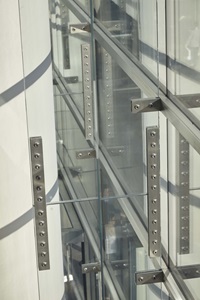 Depending on the specific criteria of an installation, there are a range of structural glazing systems available to ensure the desired finish and performance is achieved. Glass-fin (mullion) units, for example, are among the most popular where a seamless finish is required.
Depending on the specific criteria of an installation, there are a range of structural glazing systems available to ensure the desired finish and performance is achieved. Glass-fin (mullion) units, for example, are among the most popular where a seamless finish is required.
The use of glass-fins eliminates the need for traditional metal mullions, which can restrict the view from inside a building. The transparent fins support the vertical façade and provide additional strength and integrity against the elements. Stainless steel fittings hold the structural elements together to create a strong, secure building envelope without compromising on the transparency or the view.
A range of such systems can also be used in challenging locations or regions where environmental elements play an integral role in the building design. Depending on these requirements, support can be adapted to meet these complex design demands. This feature is particularly valuable for buildings in cities vulnerable to earthquakes, as the way in which the glass is designed and supported can minimise damage and strain caused by movement between the walls of the building and the foundations.
Added performance
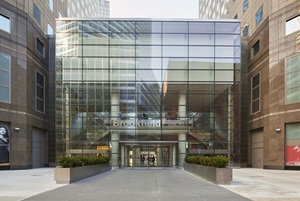 As well as being a popular choice among architects, structural glazing can offer a building’s occupiers numerous benefits too. The use of glass enables light to fill the internal spaces of a building, something that simply wouldn’t be possible with other construction materials. Similarly, advances in coating technology mean that glass can increase a building’s energy-efficiency, helping to control its temperature or reduce glare.
As well as being a popular choice among architects, structural glazing can offer a building’s occupiers numerous benefits too. The use of glass enables light to fill the internal spaces of a building, something that simply wouldn’t be possible with other construction materials. Similarly, advances in coating technology mean that glass can increase a building’s energy-efficiency, helping to control its temperature or reduce glare.
If the façade is south-facing, for example, solar control glass can help to prevent overheating inside a building, and reduce the expense of running air-conditioning units.
Modern technology also means glass manufacturers can now produce solar control glazing with very high levels of transparency, which allow maximum levels of daylight to be transmitted into the building without compromising on performance.
In colder climes, where keeping as much heat inside a building as possible is key, structural glazing systems employ the latest low-emissivity technology to achieve near-optimal thermal efficiency. The same system can also be double- or triple-glazed for even better thermal performance.
Not only does this maximise internal comfort levels but it also helps to reduce the cost of energy bills.
Redefining glass’ potential
Advancements in technology and improvements in engineering have meant the glass structures designed and built today are on a larger scale and visually more impressive than ever before.
As we continue to see developments in this area of the industry, and as glazing systems evolve with these changes, the material’s potential will continually be redefined for architects, and it will play a key role in the creation of high-performing, sustainable cities of the future.
